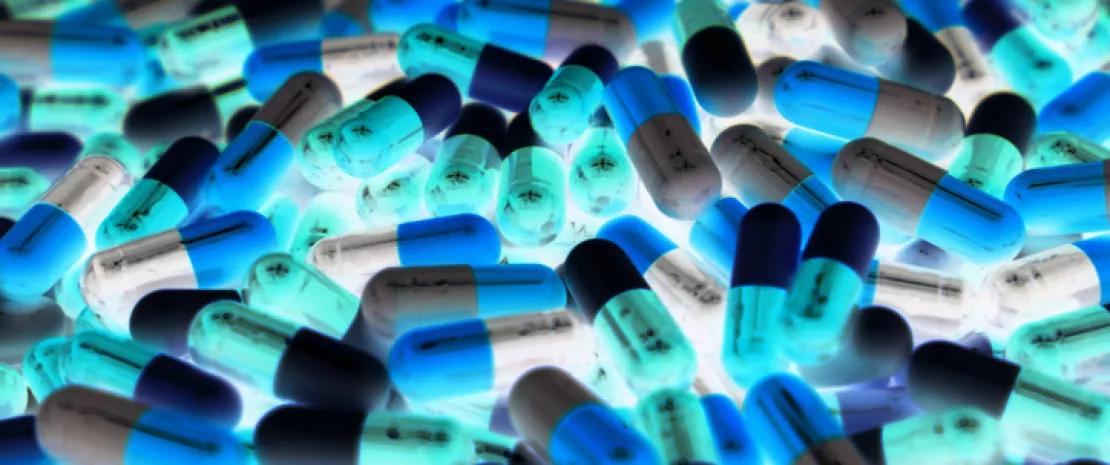What are the long-term effects of antibiotics on the gut microbiota?
In a large study, a Dutch team compared the impact of 15 antibiotic classes on the composition of the gut microbiota up to four years after prescription.
Sources
This article is based on scientific information

About this article
As part of World Antimicrobial Awareness Week (18-24 November 2020), the WHO encouraged the general public, health workers and decision-makers to adopt best practices in order to avoid the emergence and spread of antimicrobial resistance. While antibiotics were one of the major therapeutic advances of the 20th century, they can also have an adverse impact on the body’s various microbiota. Although the short-term effects of some classes of antibiotics on the gut microbiota are well known, the long-term effects are not yet fully understood. This study compared the impact of 15 classes of antibiotics on the composition of the gut microbiota up to four years after the last dose.
“Large scale” study
The composition of the gut microbiota of 1413 participants (median age: 62.6 years) who had previously taken antibiotics was analyzed by 16S rRNA sequencing. The time elapsed from the last dose of antibiotics to the day of sampling was categorized as follows: 0-12, 12-24, 24-48 and >48 months. The results were adjusted for certain confounding factors (sex, age, BMI, diabetes mellitus, concomitant medications such as statins, PPIs, corticosteroids, etc.).
Hailed as one of the greatest medical advances of the 20th century, antibiotics have saved millions of lives. But they also have an impact on our microbiota by inducing a dysbiosis. Let’s take a look at this ambivalence role:
The ambivalent role of antibiotics
Impact of macrolides and lincosamides
The most significant and prolonged impact on the gut microbiota was observed for macrolides and lincosamides: decrease in Shannon ratio that lasted for 4 years after the last administration, and significant change in bacterial community structure (Bray-Curtis diversity ratio). A significant loss of diversity was also observed one year after use of beta-lactams.
What is the World AMR Awareness Week?
Each year, since 2015, the WHO organizes the World AMR Awareness Week (WAAW), which aims to increase awareness of global antimicrobial resistance.
Held on 18-24 November, this campaign encourages the general public, healthcare professionals and decision-makers to use antimicrobials carefully, to prevent the further emergence of antimicrobial resistance.
Impact of antibiotics with high anti-anaerobic activity
The results also revealed that antibiotics with high anti-anaerobic activity (penicillin/beta-lactamase inhibitor combinations, imidazole derivatives and lincosamides) had a greater and longer-lasting impact on the gut microbiota than other classes: the Firmicutes/Bacteroidetes ratio significantly shifted in favor of Firmicutes up to one year after administration, while this ratio significantly shifted in favor of Bacteroidetes up to two years after taking antibiotics with no anti-anaerobic activity.
Therefore, macrolides and lincosamides are associated with an acute and long-lasting dysbiosis of the gut microbiota. These effects differ in strength and duration depending on the class of antibiotic used. According to the authors, these findings should be considered when prescribing antibiotics.







